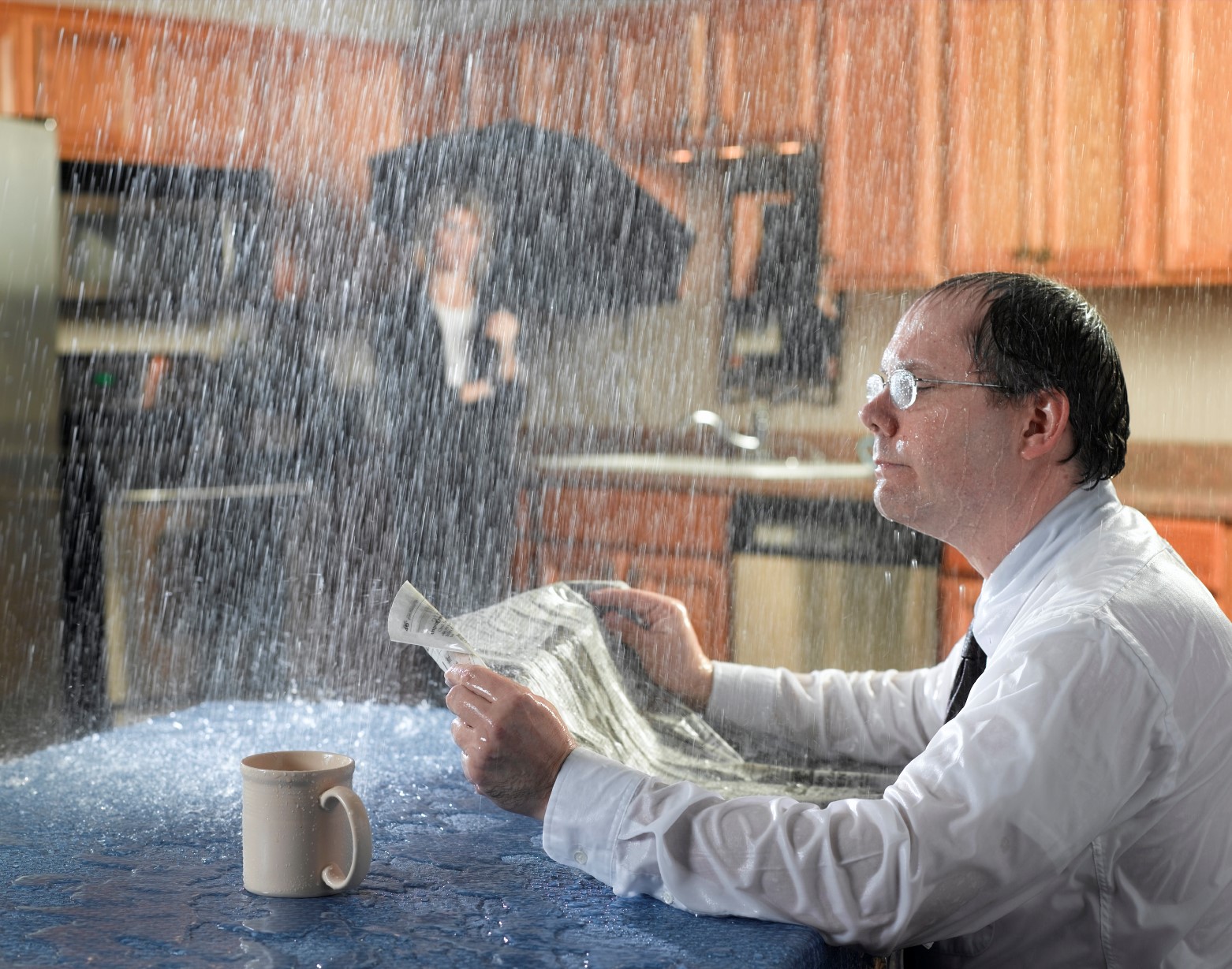Find Out Common Factors Contributing To Water Drips Within Your House
Find Out Common Factors Contributing To Water Drips Within Your House
Blog Article
In this article down the page yow will discover lots of brilliant insights in relation to How to detect water leaks in your home.

Leaks not only trigger waste of water yet can additionally cause unneeded damage to your house and also promote undesirable natural growth. By comprehending and also looking for day-to-day situations that trigger leakages, you can shield your home from future leaks as well as unneeded damages.
Encroaching roots
Most water leaks begin outside the home instead than inside it. You may discover damp spots or sinkholes in your lawn, and that might indicate that tree origins are attacking water lines creating water to permeate out.
Rusty water systems
As time passes by, your plumbing system ages as well as corrosion such as rust might begin gnawing the pipes. This might be the cause of staining or bending on your water pipes. This calls for an inspection with your plumber instantly. If our plumbing system is old, consider changing the pipelines because they go to a greater threat of corrosion than the newer designs.
Faulty Pipe Joints
Pipeline joints can weaken over time, resulting in water leakages. If you have noisy pipelines that make ticking or banging noises, particularly when the hot water is turned on, your pipeline joints are probably under a great deal of stress.
Instant temperature level changes.
Extreme temperature level changes in our pipes can trigger them to increase and acquire all of a sudden. This development and contraction may trigger splits in the pipelines, especially if the temperature are below freezing. If you maintained an eye on just how your plumbing functions, it would certainly be best. The visibility of the formerly stated conditions regularly shows a high threat.
Poor Water Connectors
At times, a leakage can be caused by loose tubes and pipes that provide your appliances. In case of a water links leakage, you might notice water running directly from the supply line or puddles around your devices.
Obstructed Drains
Clogged drains may be aggravating and inconveniencing, but they can in some cases end up triggering an overflow causing rupture pipelines. Maintain eliminating any type of products that may decrease your drains that could clog them to avoid such troubles.
All the above are sources of leaks however not all water leaks result from plumbing leakages; some leakages may come from roof leakages. All leakages ought to be repaired quickly to avoid water damages.
Leaks not only create waste of water however can also create unnecessary damages to your residence and promote unwanted natural development. By understanding and also looking for day-to-day circumstances that create leaks, you can shield your house from future leakages and unneeded damages. Today, we will look at 6 leak triggers that might be causing your pipes to trickle.
At times, a leak can be triggered by loosened tubes and pipes that provide your devices. In case of a water connections leakage, you might see water running directly from the supply line or puddles around your home appliances.
How To Check For Water Leak In Your Home
How To Check for Leaks
The average household's leaks can account for nearly 10,000 gallons of water wasted every year and ten percent of homes have leaks that waste 90 gallons or more per day. Common types of leaks found in the home are worn toilet flappers, dripping faucets, and other leaking valves. These types of leaks are often easy to fix, requiring only a few tools and hardware that can pay for themselves in water savings. Fixing easily corrected household water leaks can save homeowners about 10 percent on their water bills.
To check for leaks in your home, you first need to determine whether you're wasting water and then identify the source of the leak. Here are some tips for finding leaks:
Take a look at your water usage during a colder month, such as January or February. If a family of four exceeds 12,000 gallons per month, there are serious leaks.
Check your water meter before and after a two-hour period when no water is being used. If the meter changes at all, you probably have a leak.
Identify toilet leaks by placing a drop of food coloring in the toilet tank. If any color shows up in the bowl after 10 minutes, you have a leak. (Be sure to flush immediately after the experiment to avoid staining the tank.)
Examine faucet gaskets and pipe fittings for any water on the outside of the pipe to check for surface leaks.
Undetected water leaks can happen without the home or business owner even realizing. If you suspect a water leak, but not able to find the source. It is time to contact a professional water leak detection service, The Leak Doctor.
How To Find a Water Leak In Your Home
https://www.leakdoctor.com/blog/How-To-Check-For-Water-Leak-In-Your-Home_AE197.html

We were made aware of that write-up about How to Find Water Leaks from a good friend on a different blog. Enjoyed our posting? Please share it. Let someone else locate it. Thanks a lot for your time invested reading it.
Let's solve it, call now! Report this page